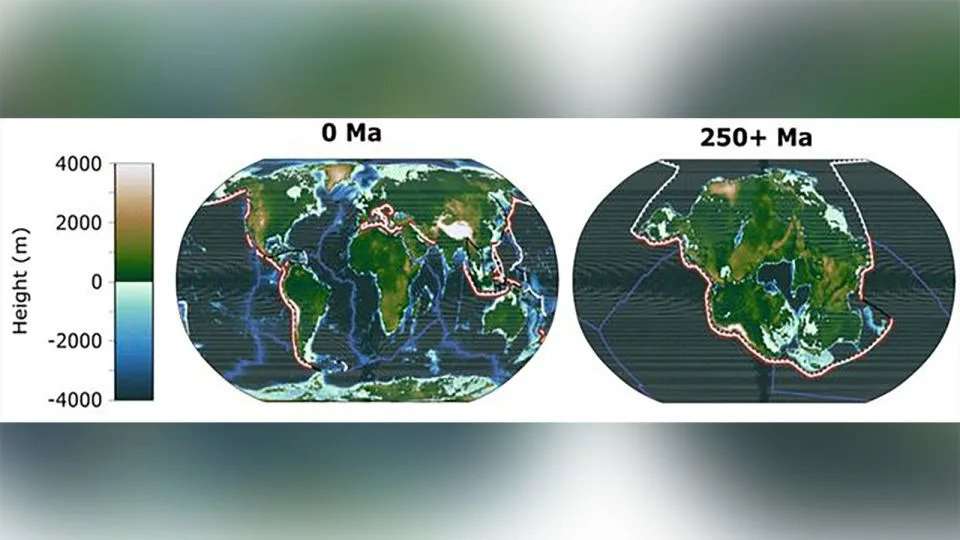New scientific research predicts that forming a new "supercontinent" on Earth could wipe out humanity and mammals in 250 million years.
Using the first supercomputer climate models of the distant future, scientists at the University of Bristol in the United Kingdom have predicted how climate extremes will develop after the world's continents merge to form a single "supercontinent" called Pangea Ultima, which could happen in 250 million years. Years later.
They found that the "supercontinent" would have a scorching and dry climate, virtually uninhabitable for humans and mammals because they could not withstand prolonged exposure to extreme heat. The researchers modeled temperature, wind, rain, and humidity trends for the "supercontinent." They found that not only would the formation of Pangea Ultima lead to more regular volcanic eruptions, more carbon dioxide emissions, and a warming planet, but the sun would become brighter, emitting more energy and increasing the Earth's temperature.
These calculations were made with the assumption that human activities will avoid further emissions of carbon dioxide into the atmosphere. Still, if current rates are maintained, according to the same scientists, such a development of Earth events may occur faster than 250 million years.





















